Life
Sign up for our newsletter
We summarize the week's scientific breakthroughs every Thursday.
-
 Neuroscience
NeuroscienceBrains of former football players showed how common traumatic brain injuries might be
Examinations of NFL players’ postmortem brains turned up chronic traumatic encephalopathy in 99 percent of samples in large dataset.
-
 Health & Medicine
Health & MedicineZika cases are down, but researchers prepare for the virus’s return
The number of Zika cases in the Western Hemisphere have dropped this year, but the need for basic scientific and public health research of the virus remains strong.
-
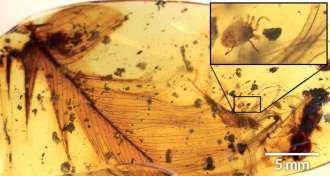 Animals
AnimalsTicks had a taste for dinosaur blood
A tick found trapped in amber is evidence the bloodsuckers preyed on feathered dinosaurs, a new study says.
-
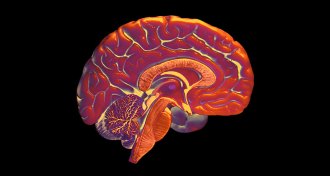 Life
LifeMini brains may wrinkle and fold just like ours
Brain organoids show how ridges and wrinkles may form.
-
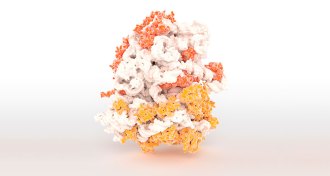 Life
LifeNot all of a cell’s protein-making machines do the same job
Ribosomes may switch up their components to specialize in building proteins.
-
 Animals
AnimalsOnce settled, immigrants play important guard roles in mongoose packs
Dwarf mongoose packs ultimately benefit from taking in immigrants, but there’s an assimilation period.
-
 Animals
AnimalsThis ancient marsupial lion had an early version of ‘bolt-cutter’ teeth
Extinct dog-sized predator crunched with unusual slicers toward the back of its jaw.
By Susan Milius -
 Health & Medicine
Health & MedicineWhen tumors fuse with blood vessels, clumps of breast cancer cells can spread
Breast cancer tumors may merge with blood vessels to help the cancer spread.
-
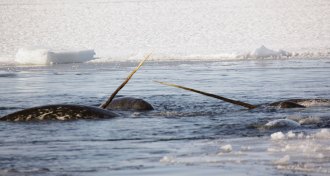 Animals
AnimalsNarwhals react to certain dangers in a really strange way
After escaping a net, narwhals significantly lower their heart rate while diving quickly to get away from humans.
-
 Artificial Intelligence
Artificial IntelligenceAI eavesdrops on dolphins and discovers six unknown click types
An algorithm uncovered the new types of echolocation sounds among millions of underwater recordings from the Gulf of Mexico.
-
 Genetics
GeneticsCRISPR/Cas9 can reverse multiple diseases in mice
A new gene therapy uses CRISPR/Cas9 to turn on dormant genes.
-
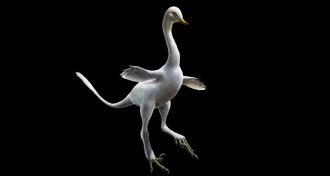 Paleontology
PaleontologyThis new dinosaur species was one odd duck
Weird dino swimmer had flipperlike limbs and a swanlike neck.